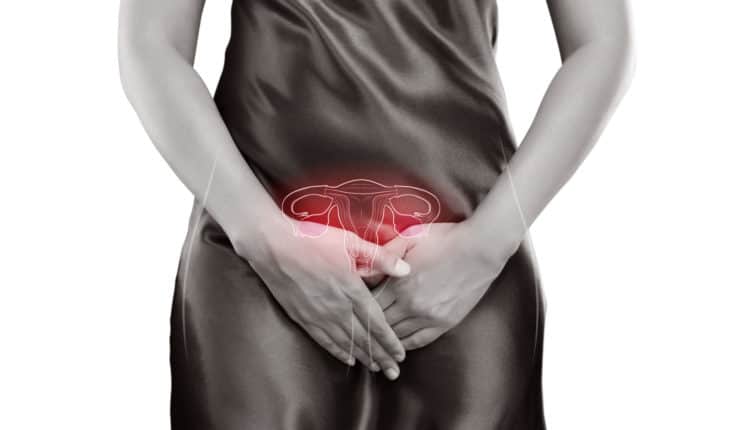You may have heard a lot about endometriosis recently, with many high-profile female celebrities and influencers going public about their battle with the illness. Lena Dunham, who opened up about her decision to have a hysterectomy, Alexa Chung and Julianne Hough to name just a few.
Despite endometriosis affecting an estimated 1.5 million women in the UK and costing the economy £8.2 billion a year in lost working hours and medical treatment, it’s little understood.
March is Endometriosis Awareness Month, so intimate health expert and Managing Director of pelvic healthcare company Kegel8 explores the condition in more detail to help raise awareness and busts common myths…
What is endometriosis?
For endometriosis sufferers, cells like the ones found in the womb’s lining grow in other parts of the body, and each month these react in the same way, building up, breaking down and then bleeding.
However, the blood in these misplaced cells has nowhere to go, often leaving women with excruciating pain, inflammation and scar tissue, affecting their ability to get on with everyday life.
All women of reproductive age are susceptible to endometriosis, but most don’t get recommended solutions until they’re in their 30s.
What causes endometriosis?
In a nutshell, we still don’t know.
Medical professionals have different theories, including genetics, retrograde menstruation where the womb lining flows up towards the fallopian tubes instead of leaving the body as a period, and immune system weakness.
What are the symptoms of endometriosis?
Endometriosis is a complex condition and often takes up to ten years to be formally diagnosed. Every woman is different and so too is their experience of “endo”.
But the difficulties women with endometriosis face are clear. A recent survey found nearly 13,500 women said the condition had negatively affected their career and mental health.
Severe period and pelvic pain leading up to your time of the month is a common symptom. The agony during the time of the month can be almost paralysing, meaning days off work, school or college.
Some other symptoms to watch out for are frequent spotting, pain when using the toilet, feeling sick and extreme tiredness.
Penetrative sex can also be very painful if you have endometriosis. Growing scar tissue doesn’t respond well to the pressure of penetration, so it can feel like an intense stabbing pain.
Some women experience more severe side effects which include depression, a stunted sex life, infertility or even suicidal thoughts.
Is endometriosis curable?
Sadly, there is currently no cure for endometriosis. The available treatments aim to reduce the severity of symptoms and support women living with the condition.
Doctors may suggest different things. In extreme cases, a hysterectomy will be recommended, but often contraceptives are given to keep the pain at bay such as “the pill” or the Mirena coil.
For everyday pain relief, normal things used to help period pains, such as hot water bottles and painkillers, can help.
Transcutaneous electrical nerve stimulation, or TENS, is a lesser-known reliever of the condition. These small, unobtrusive machines act as an alternative to painkillers. They’re simply attached to the skin, then small electric pulses are sent to the area of discomfort.
If you’re suffering from any of the above symptoms and can’t carry out your normal routine, it’s time to visit the doctors.
Endometriosis UK also has a directory of local support groups, a helpline on 0808 808 2227, and an online community for women affected by the condition.
- New lipid-based pathway discovered as key to memory formation - 25th June 2025
- Crucial link could explain how Alzheimer’s takes hold - 25th June 2025
- Understanding Your Mind Can Improve Daily Life - 25th June 2025







